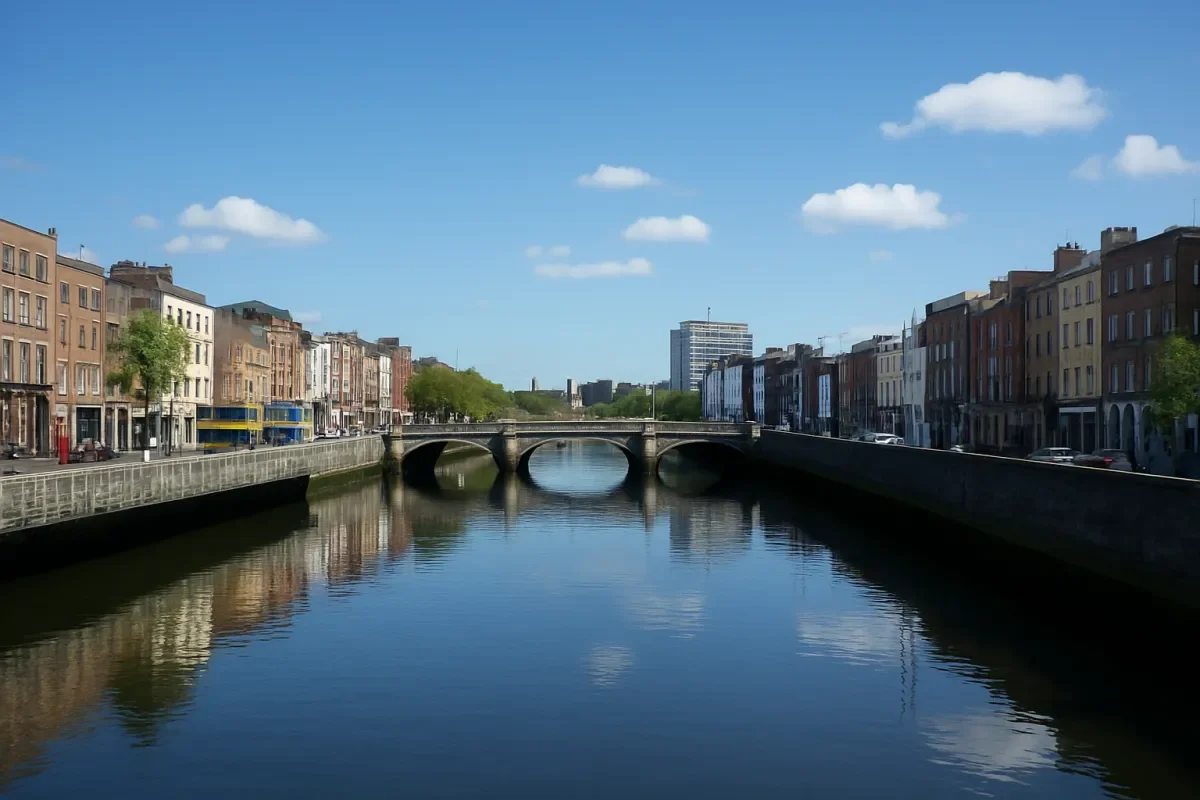

Swimming in the Liffey: Challenges and Possibilities for the Future
A Tale of Two Rivers
On a summer’s day in Paris, the Seine is alive with swimmers enjoying waters that were once off-limits for nearly a century. Copenhagen and Amsterdam have long embraced their rivers and canals as spaces for recreation. Yet in Dublin, the River Liffey remains a place to walk beside, not a place to swim.
Why the Liffey Isn’t Swimmable
Dr. Jenny Lawler of the DCU Water Institute recently highlighted the issue during an interview on The Pat Kenny Show. Although the Liffey is not formally closed to swimmers, the water quality is not good enough to encourage bathing. Apart from the annual Liffey Swim organised by Swim Ireland, which includes decontamination showers, the river is not suitable for recreational use.
“Just 54% of Ireland’s waters are currently at good or better ecological status, despite a target of 100% by 2027.”
Ireland has a comprehensive monitoring system for rivers and lakes, but the results show uneven progress. Dublin’s ageing drainage system combines stormwater and wastewater in the same pipes, which overwhelms treatment plants during rainfall. This leads to untreated overflows into rivers and seas. Agricultural runoff also adds pressure nationwide, contributing to nutrient pollution and water quality decline.
Lessons from Paris
Paris tackled this problem through major investment, spending €1.5 billion to separate stormwater from sewage in preparation for the Olympics. These upgrades made swimming in the Seine possible again. Similar projects in Dublin would take decades, but innovative alternatives exist. One idea is to create river-fed pools, where Liffey water could be treated locally for safe bathing before being returned to the river.
Ireland’s Water Quality Challenge
There are positive stories too. Across Ireland, some pristine high-status waters have been successfully protected through targeted catchment projects. However, national progress is mixed. Improvements in some areas are being offset by declines elsewhere. The Environmental Protection Agency’s reports make it clear that much more needs to be done to restore water quality.
For members of the public interested in exploring their local waters, resources such as www.catchments.ie provide up-to-date information by region and waterbody.
The Role of DCU Water Institute
At the DCU Water Institute, our researchers are working across science, engineering, and policy to address these challenges. From water quality monitoring and infrastructure research to public engagement and policy advice, we are committed to finding solutions that support both ecosystems and communities.
The Liffey may not yet be ready for swimmers, but with long-term investment, innovative engineering, and the collective will of policymakers and citizens, the story of Dublin’s river can be rewritten.
